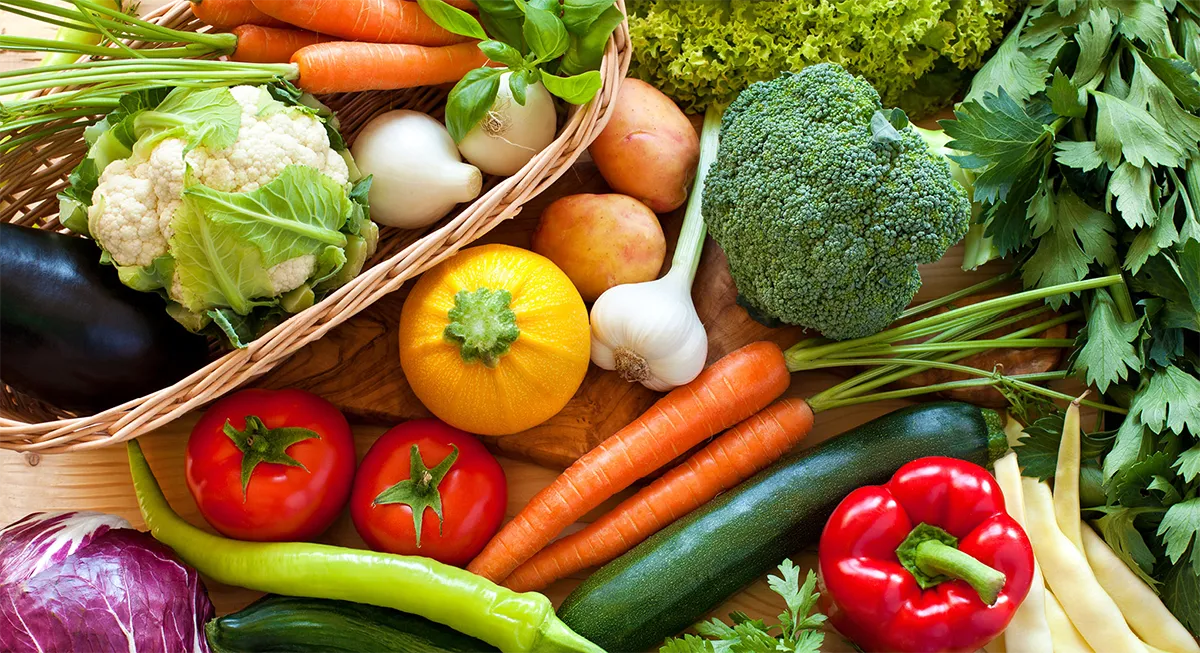
There are several concerns regarding organic waste. First, when organic waste such as food breaks down, it emits methane, a short-term climate pollutant and major contributor to climate change. Second, organic waste makes up the largest type of waste sent to the landfill in California every year. To address these concerns, then-Gov. Jerry Brown signed Senate Bill 1383 in 2016, with the goal of a 75 percent statewide reduction in organic waste by 2025. The law hopes to accomplish this goal by (1) redirecting edible unused food to Californians who do not have enough to eat and (2) composting food waste rather than directing it to landfills.
In order to implement SB 1383, local jurisdictions, including cities and counties, have been working for many years to increase infrastructure to process food waste and ensure that organics collection services are available. With limited exceptions, school districts were required to do all of the following beginning Jan. 1, 2023: recycle their organic waste; educate employees and students about waste prevention, including inspecting containers for cross-stream contamination and clearly labeling bins; and provide containers to collect organic waste and recyclables. Beginning Jan. 1, 2024, schools with an on-site food facility, such as a school cafeteria, will be required to donate all edible food that would otherwise be thrown away to a food recovery organization. CalRecycle’s webpage “SB 1383 Education and Outreach Resources” (bit.ly/48bEZtH) has model signage, a model edible food recovery agreement and a list of food recovery programs across California. More information is also available at CalRecycle’s webpage, “Resources for Local Education Agencies: K-12 Public Schools and School Districts” (bit.ly/3PkM963).
The U.S. Environmental Protection Agency’s “Food Recovery Hierarchy” is a way for organizations, including districts and schools, to prioritize actions to prevent and divert food waste. While the 3 Rs (reduce, reuse and recycle) may have been easy to remember, the modern Food Recovery Hierarchy provides additional detail, starting with the most preferred method of food recovery (reduce the volume of surplus food generated) all the way down to the last resort (disposal).
The Food Recovery Hierarchy, as applied to a school cafeteria, may look like this:
- Source reduction: If there is consistently leftover food, menu planning and production practices are adjusted. Some schools have found that they need to adjust ordering for certain days, such as decreased consumption the day before a holiday break.
- Feed hungry people: Establish share tables (see definition below) in school cafeterias and donate extra food to a food bank or shelter.
- Feed animals: Divert food scraps to animal food, such as a local 4-H or Farmers for America program that has livestock.
- Industrial use: Provide waste oils for rendering and fuel conversion and food scraps for digestion to recover energy.
- Composting: Some schools may have a compost pile to transform food scraps into healthy soil for school gardens. Additional organic waste can be hauled by the district’s waste hauling company to be turned into nutrient-rich soil offsite.
- Landfill: The last resort should be disposal at a landfill.
Another way that schools can feed hungry people is by donating extra food that would otherwise be thrown away to food banks or shelters. Local educational agencies must maintain records related to edible food donation, including a list of each food recovery service or organization that collects or receives the LEA’s food; contact information for the service or organization; the types of food, frequency and quantity that will be collected or hauled by the district,; and a copy of contracts or written agreements between the LEA and food recovery services or organizations.
CSBA recently revised sample Board Policy and Administrative Regulation 3551 – Food Service Operations/Cafeteria Fund to comply with the current requirements of SB 1383, making it a great time for districts and COEs to review and update their policy on this topic. Districts are also encouraged to review sample BP/AR 3511.1 – Integrated Waste Management, which contains relevant provisions regarding compliance with SB 1383’s waste reduction requirements.